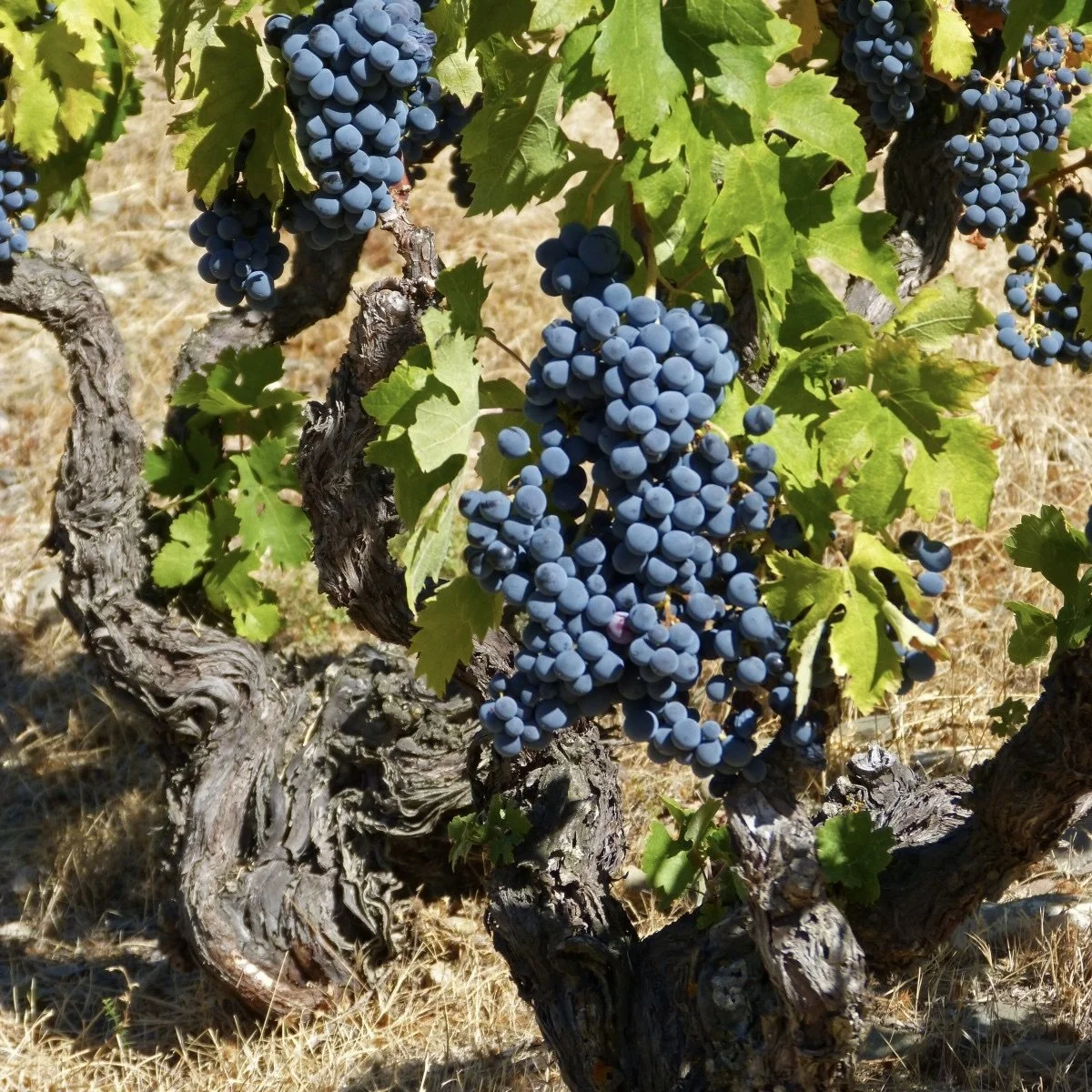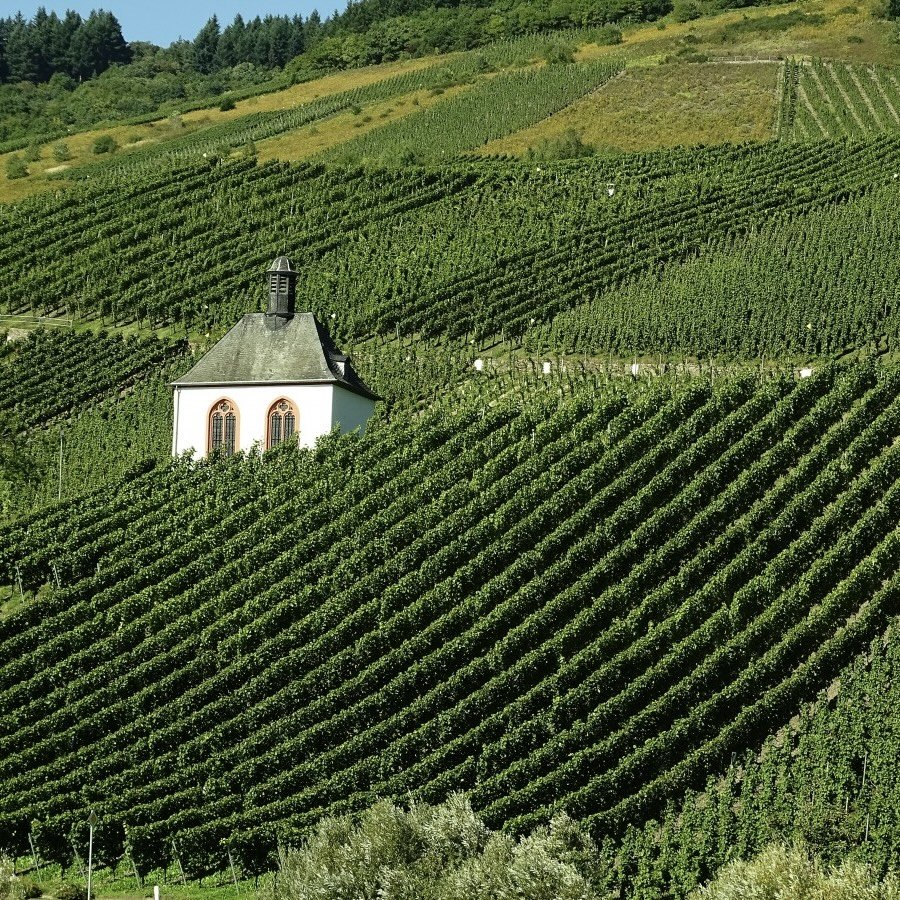HOW TOS WITH WINE
How to save the wine in a half-filled bottle from spoiling, open a bottle without a corkscrew, remove the last half of a broken cork, and serve wine at the proper temperature.
JANCIS ROBINSON’S “WINE GRAPES”
The destiny of this hefty text is as permanent resident on your wine reference shelf, alongside such indispensables as Robinson’s own editorship of “The Oxford Companion to Wine.”
MINERALITY
Time was, not so long ago, that the term du jour in wine talk was “minerality.” It’s still regnant in some tasting circles. It describes the scent or taste (or even aftertaste) of some sort of mineral, stone or rock in a wine. Burgundian Chablis, for example, almost always tastes of chalk; red Priorat, of schist; Mosel riesling, of slate.
HOW TO ATTEND A WINE TASTING
One of the better ways to learn about wine is to taste it, especially by comparing one wine with another or, even better still, with several other wines. The best place and time to do that is at a wine tasting, an event held to showcase a number of wines.
EUROPE VS USA
“Who makes better wine? Europe or America?” (You sometimes hear the question as “Old World versus New World? Whose wine wins?”) I’d rather frame the issue as “What can we learn from each other in order to make better wine ourselves?”
HOW TO READ A LABEL OF USA WINE
Everything you need to know in order to read a bottle of wine made in the USA.
HOW WINES AGE
The only reason to age any wine is to experience its greater value, whether because it is rarer and more dear (good for investors in wine) or because it has changed “for the better”—gained complexity or softened its tannic grip or developed tertiary aromas and flavors. That doesn’t happen on the mere ride home.
TANNIN
You’re familiar with tannin even if you’re not familiar with red wine. They make over-steeped tea bitter and astringent; they’re what scrunch up your tongue if you chew too long on a Popsicle stick or wooden toothpick. And they are absolutely crucial to grapes growing up successfully on the vine, and to wine both being made and being appreciated, especially over time.
“OLD VINES”
On occasion, you may see “Old Vines” or, in French, “Vieilles Vignes” on a label of wine. On the same occasion, you may note that the price of the wine is high. Wine grapes from “old vines” appear to exact a premium over those made from any younger vines. OK, why?
AERATING & DECANTING
Aerating or “breathing” red wine often softens or mellows it. At the very least, it refreshes it (it’s been clammed up in that bottle for 2-5 years or more, after all). If you aerate your red wine, by all means don't merely have the server leave the opened bottle on butt end.
NOTES ON KEEPING A CELLAR
You should keep wine the same way you'd keep a teenager: cool, on its side, in the dark, and free from vibration.
READING A LABEL OF ITALIAN WINE
At present, 330 zones throughout the country carry a DOC designation and 73, a higher one, DOCG (DOC + e Garantita, “and guaranteed”). Photo from Alessandro Sacchi at unsplash
WINE AND PROPER GLASSWARE
The correct glass can have an enormous effect on a wine's aroma and taste.
HILLSIDE VINEYARDS
Some of the great vineyards of the world are hillside vineyards. When it comes to making terrific wine, slopes aren’t for dopes.
HOW TO READ A RESTAURANT WINE LIST
Even if a restaurant wine list is long, it’s certain to be organized in some way or other.
COLLECTING AND INVESTING IN WINE
People collect wine in different ways and for different reasons.

























